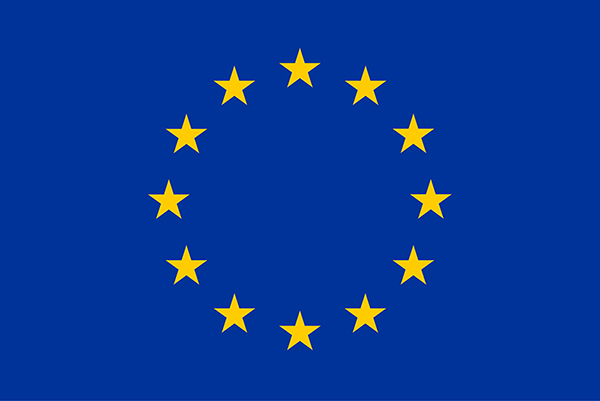OSMOSE addresses the optimal development of flexibilities within the overall energy system in order to allow an increasing share of RES within the power network. In WP1, three different scenarios were developed for the future of the European energy system. For each of them, an optimal mix of flexibilities in load, generation, and power flows was identified.
WP2 aims to propose some market designs and regulations that would best enable these optimal flexibility mixes. Market simulations are carried out based on WP1 proposed flexibility mixes, which will allow, at the end of WP2, to assess the most suitable market and regulation options. As a first step in WP2, the generation, load and power flow capacities predefined in WP1 are implemented into an existing electricity market model while comparing different market designs. To that end, University of Duisburg-Essen (UDE) utilizes a fundamental electricity market model, the so-called Joint Market Model (JMM), with a zonal and nodal market design. This detailed model allows to depict for instance technical restrictions of renewable and conventional power generating units, reserve and local heat markets. In the process of WP2, extensions to the market model, like flow-based market coupling and wind forecast errors, are also considered in additional case studies.
The preliminary results presented in the document downloadable below give a taste of UDE’s achievements within WP2. Results based on RTE’s agent-based model will be available later on. Note that the model runs are still work in progress and the results presented in the document are not to be regarded as final results.



